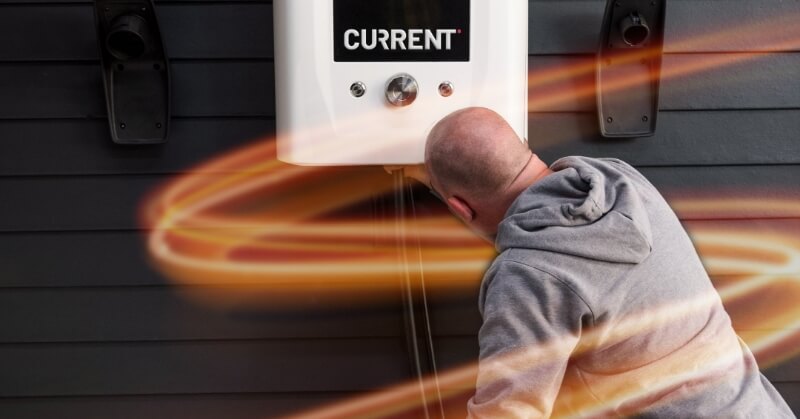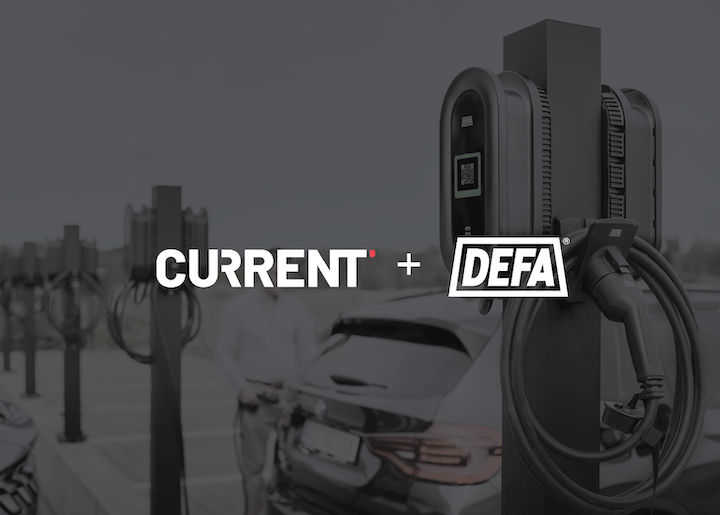
Adoption of electric vehicles (EVs) is very much on the rise right now. The 2020s are expected to be ‘the decade of the EV’, as infrastructure is gradually put in place to meet demand, but challenges remain. One of the main arguments around EV adoption difficulties is charging at home. There are several reasons why charging at home might not be straightforward, and living in an apartment is one of them. But apartment-dwellers still want EVs, and they don’t want to have to wait for building owners to install chargers – which is why more and more nations are creating regulations that allow residents to install their own.
In Germany, around 56% of people live in apartment buildings or other kinds of multi-unit buildings, while the number in Sweden is 49%, and 20% in Norway. Around 60% of UK households don’t have access to a garage or drive either, but 85% of EV owners prefer to charge their vehicles at home.
There’s clearly a disconnect here. Many countries across the world have committed to banning the sale of new internal combustion engine (ICE) vehicles over the next 10-15 years, which means ensuring we can support an influx of EVs on the roads is imperative. One excellent way to do this is installing EV chargers at multi-dwelling buildings for residents to use – the question is, who should install the chargers?
Can residents install their own EV chargers?
In short, yes; individuals with their own dedicated parking space within a multi-dwelling building can indeed install their own chargers, but they often need permission from the owner of the building first. However, in some cases, permission can be sidestepped.
Germany passed the “Act on the Modernization of Homeownership” in 2020, which opened up the option for residents to install chargers without having to wait for others to agree. A year later, the “Building Electromobility Infrastructure Act” took this a step further, stating all new apartment buildings with more than five parking spaces would be required to include infrastructure for charging facilities.
Other nations are catching on with this idea, too. The UK has ushered in its own law stating any new building, or one undergoing renovations, with more than 10 parking spaces will need a charger and cable routes for future chargers. So, while residents can install their own chargers – and will increasingly be able to do so – this does cause issues for building owners.
The problem with residents installing chargers
Who Pays for the Energy?
If a resident wants to install their own charger, there are a lot of technical questions to ask around how that charger can be linked to the specific resident’s meter so that nobody else is paying for their energy usage.
Energy Overload
Residents charging their vehicles at peak times can cause problems, especially if the wiring infrastructure in the building is only designed to handle ordinary residential use. Older infrastructure like this can become overloaded through too much energy being drawn, causing it to shut off entirely. Additionally, buildings have a finite amount of power that they can use, and taking too much could force up the cost.
These issues can give residents grounds to complain or even take things further depending on the terms of their contract. Fortunately, a building manager who implements smart charging can optimize energy distribution based on availability and peak times.
Parking Spaces
Some buildings either don’t have allocated parking spaces, although many new regulations (including those listed above) require residents to have their own space in order to be able to install a charger. Or, they would require spaces to be swapped between residents to make charger installation more feasible. This could mean the changing of property deeds or leases, which can cause problems including friction between tenants.
The solution: install chargers yourself
For owners of multi-unit dwellings, the best way to ensure minimal disruption and support residents who want to buy an EV is installing your own chargers. This gives you:
- Control over the types of chargers you have on-site
- The option of energy optimization and distribution through smart charging
- The peace of mind that the technology installed is compliant with regulations and therefore completely safe for residents to use
- Full control over the financial side of EV charging; chargers can be connected to a resident’s meter or PAYG options can be used by all residents
- The ability to balance energy loads and avoid overload
- The knowledge that you’re doing what’s right for the building as a whole
- More appeal to future residents looking for accommodation that already offers chargers
Plus, there may be additional financial perks to getting ahead of the game with an EV infrastructure as part of your multi-dwelling building.
Demand for charge points at apartment blocks and other multi-unit dwellings is only going to grow, so getting involved at this crucial stage is a great way to future-proof your investment.
Click here to get in touch with CURRENT and let an expert guide you through charger installation and management.



